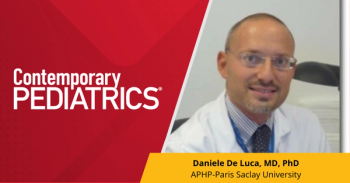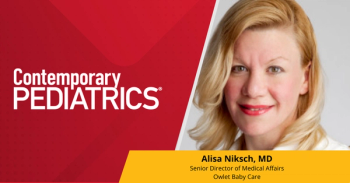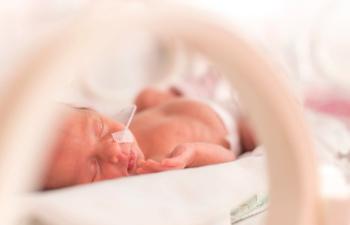
Treating neonatal mastitis
A report examines the prevalence of neonatal mastitis and the outcomes of a concurrent serious bacterial infection.
Although mastitis is more often connected to new mothers who are breastfeeding, the condition can occur in infants. A
The investigators reviewed the records of infants aged ≤90 days who were treated for mastitis at 28 sites in the United States, Canada, and Spain that were part of the Pediatric Emergency Medicine Collaborative Research Committee. The infants had been seen in the emergency department.
There were 657 infants included in the study and nearly all of them were well-appearing at the time of presentation. There was a history of fever either at home or the emergency department for 138 of the infants and 63 of them had reported poor feeding or fussiness. Blood was collected in 581 infants; Urine was collected in 274 infants; and cerebrospinal fluid cultures were taken for 216 infants. There were pathogens in 0.3%of (95% [CI] 0.04–1.2) of blood, 1.1% (95% CI 0.2–3.2) of urine, and 0.4% (95% CI 0.01–2.5) of cerebrospinal fluid cultures. Site of infection cultures were collected for 335 infants and 77% of those cultures grew a pathogen. The most commonly grown pathogen was methicillin-resistant Staphylococcus aureus. Methicillin-susceptible S aureus and unspecified S aureus were the other commonly grown pathogens. Ninety percent of the infants were admitted to inpatient care at the hospital and 22 had to be admitted to the intensive care unit. There were 10 (1.5% [95% CI 0.7–2.8]) cases that had either sepsis or shock and 2 (0.3% [95% CI 0.04–1.1]) had severe cellulitis or necrotizing soft tissue infection. No cases required the use of vasopressors or endotracheal intubation and no infant died.
The investigators concluded that in most cases of neonatal the condition was mild and localized. A serious bacterial infection and adverse outcomes were highly uncommon. When presented with an afebrile, well-appearing infant with mastitis, evaluating for serious bacterial infection is likely not necessary.
Reference
1. Kaplan R, Cruz A, Michelson K. Neonatal mastitis and concurrent serious bacterial infection. Pediatrics. July 1, 2021. Epub ahead of print. doi:10.1542/peds.2021-051322
Newsletter
Access practical, evidence-based guidance to support better care for our youngest patients. Join our email list for the latest clinical updates.









